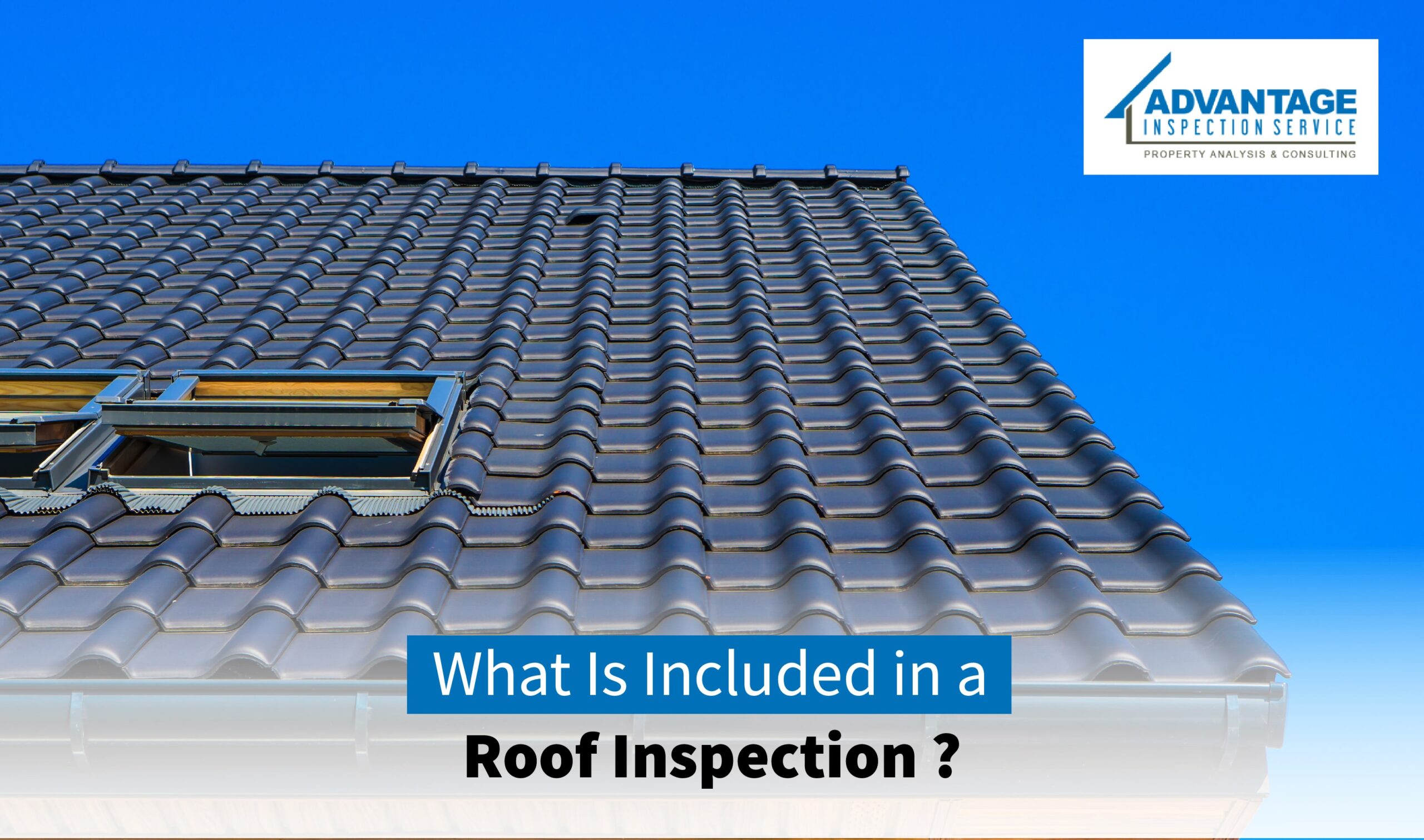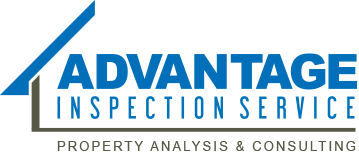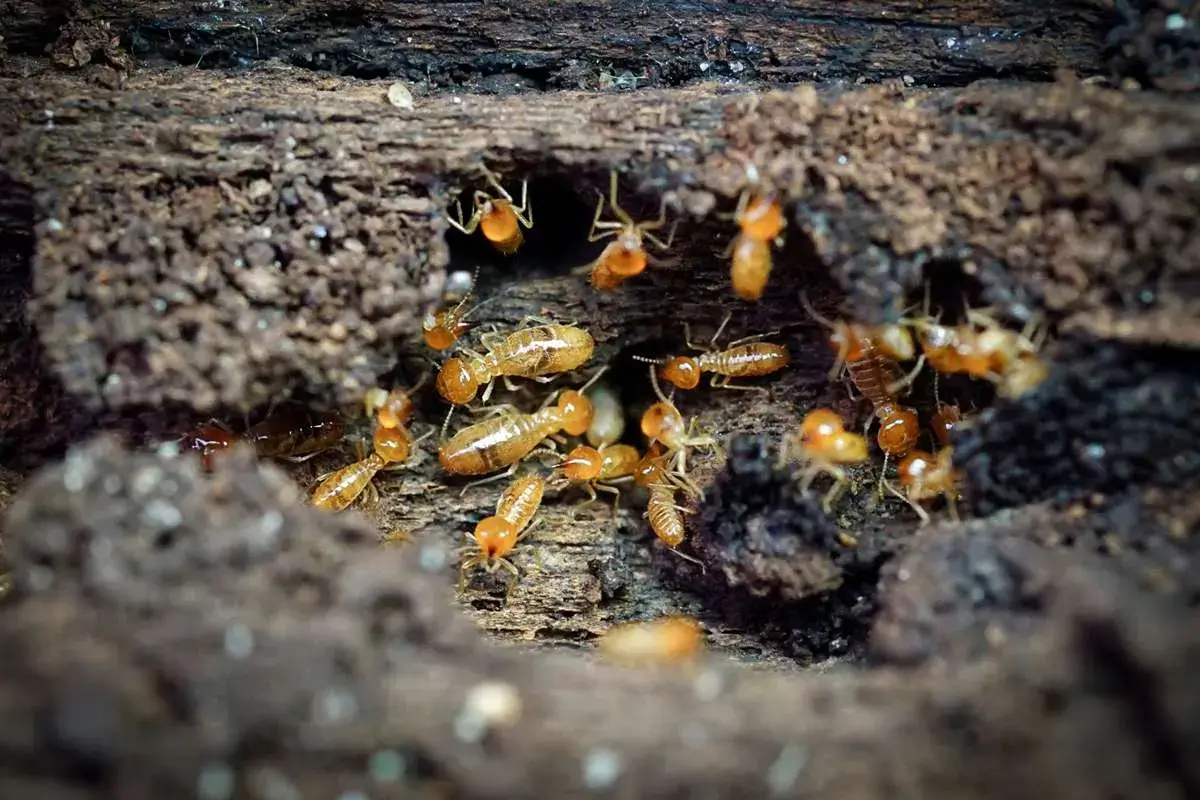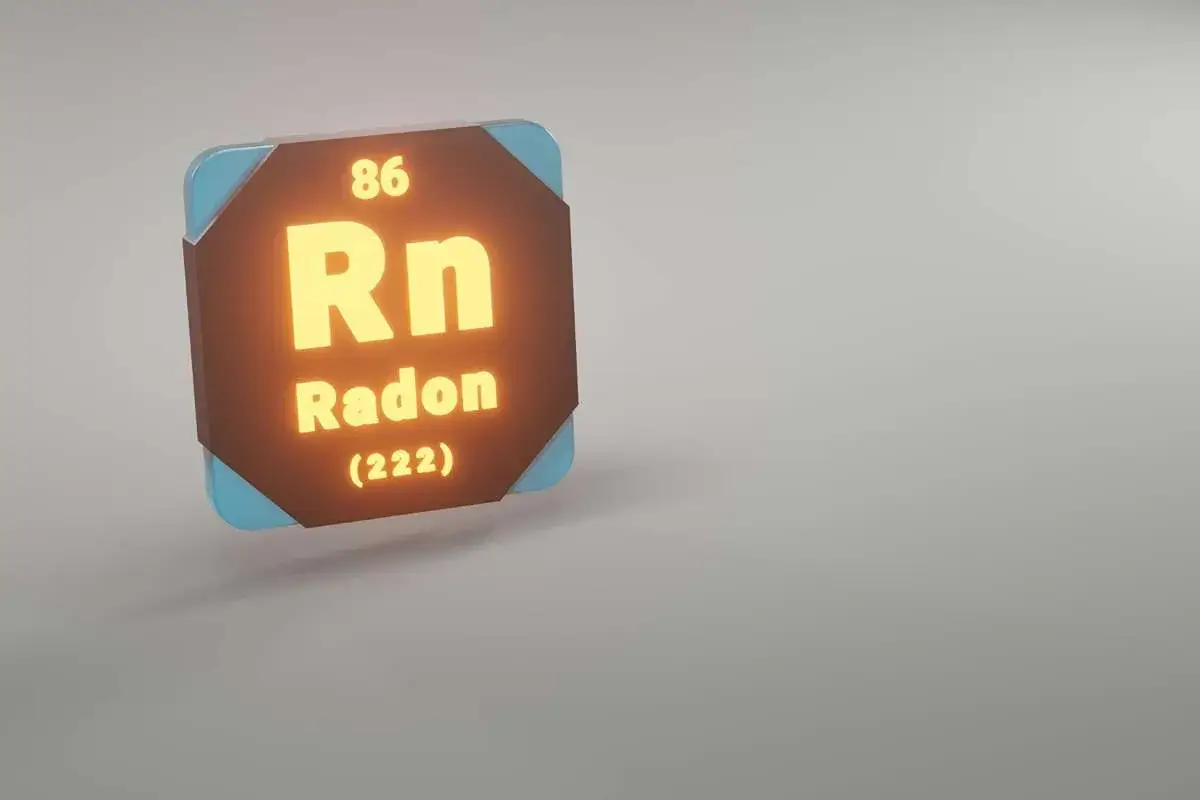When people think about home safety, they often picture locks on doors or smoke detectors…

What Is Included in a Roof Inspection?
Introduction
A strong roof ensures a secure home and safe living. For this purpose, roof inspections bring you clarity. Roof inspections are not additional but need of the hour. Skipping it can compromise your home’s integrity and marketability. On the other hand, conducting one can save you from unexpected damages, repair costs, and potential risks.
Are you not sure what is included in a roof inspection? Advantage Inspection Service will guide you on this. A well-conducted roof inspection will detect existing and potential problems. It results in extending your roof’s life, making it more stable and secure.
In this blog, we will take you through the elements assessed during a roof inspection. We will also explore what does a roof inspection consists of. So, without any further ado, let’s get started.
What Does a Roof Inspection Consist Of?
A professional roof inspection covers several elements, whether internal or external. A well-conducted inspection covers various factors and then documents them in a detailed report. So, let’s get into each of them.
Interior Inspection
When examining the internal aspects of your home, roof inspectors look for water stains, mold, mildew, moisture, or water damage. It also examines the insulation and ventilation factors.
Exterior Inspection
The exterior inspection of your roof involves examining the condition of roofing material, flashing, gutters, downspouts, soffits, fascia, skylights, and chimneys. The inspector will also examine the drainage and structural integrity of your roof.
Documentation
Once the inspector has examined your home’s roof’s internal and external factors, he will document his findings in a clear, easy-to-understand, and detailed inspection report. This report highlights the issues found and recommends practical solutions.
What Is Included in A Roof Inspection
A meticulous roof inspection covers various factors, whether it’s about materials and flashing or soffits and fascia. Professional roof inspectors check the quality and condition of your roof material. They will investigate roof decking and ventilation. They will also ensure proper working of gutters, downspouts, and drainages. Various other factors, such as seals, caulking, chimneys, and skylights, are also examined.
Let’s go through each of the components that are included in a roof inspection.
Roofing Material
It involves checking what type of material is used during your home’s roof construction. For instance, it could be shingle, tile, or any other material. The professional roof inspector will look into the condition of this roofing material. It involves examining the overall condition and finding out any visible damage, like wear and tear.
Roof Flashing
It is a thin metal material that protects your roof against several elements. Think of it as a protective shield that keeps water away from several openings. It doesn’t let water seep into your home and cause damage. Sometimes, the roof flashing can have signs of rust, lifting, curling, or wear and tear. You may also notice visible gaps between flashing and roof or adjacent services. These damages in the roof flashing can allow water leakage or damage. A professional inspector looks into the signs of damaged flashing and reports his findings in the report.
Gutters and Downspouts
Gutters are channels that collect and direct rainwater to downspouts. They protect your roof from water pooling, leakage, and structural damage. It also saves your landscaping or basement flooding. They also avoid soil erosion. The roof inspectors look for sagging gutters or clogged downspouts. Regular Inspections will keep their physical condition and optimal functionality from being ruined.
Roof Decking
It lies beneath your roofing material, providing structural support to your roof. The main task of roof decking is providing support and stability and evenly distributing the weight of roofing material and foot traffic. The roof decking could be subject to several problems that need a watchful eye. For instance, spongy or soft spots, mold growth, water stains, sagging roofs, or damage to roofing materials. A certified inspector will look for these problems and highlight them in the inspection report.
Soffits and Fascia
Soffits and fascia are essential to support your roof’s lower edges. They seal the gaps between the roofline and exterior walls. Thus, it protects that area from pest growth or water damage. However, there can be visible decay to soffits and fascia. Or they could be subject to pest infestation and water damage. The professional inspectors also look for any visible gaps between the soffit, fascia, and roof line. It also includes checking for peeling paint that can indicate moisture infiltration.
Roof Ventilation
It might not be that visible part, but it can protect you from several elements. A well-maintained roof ventilation helps you with energy efficiency and prevents moisture buildup. Ultimately, you’ll notice the roof’s longevity and improved indoor air quality. The roof inspectors also look for ice dams on your roof, which clearly show poor ventilation. They will also dig into visible signs of moisture or condensation.
Chimneys and Skylights
A roof inspection involves looking for visible damage on chimneys and skylights. It could be due to climatic elements or wear and tear over time. The skylights can be prone to water leaks, cracks, and damage. While the chimneys may have issues with flashing, brickwork, or mortar. The damaged chimneys can allow water to seep into your home. A professional roof inspection covers all these aspects.
Seals and Caulking
Seals and caulking are responsible for waterproofing and energy efficiency. They also prevent mold and rot on your roof. An inspector will look for visible gaps, water stains, peeling, and cracked caulk.
Drainage
The drainage safeguards your roof from water accumulation. It prevents your roof from water damage and ice dams. It also extends your roofing materials life. However, if the drainage is in poor condition, it can create water pooling on your roof. The inadequate drainage also causes water stains on ceilings and walls. The professional roof inspection will look into these aspects.
Wrap-Up
A roof withstands various weather conditions. Regular roof inspections ensure the longevity and safety of your home’s roof. We suggest conducting a thorough roof inspection at least once a year. In this blog, we discussed what is included in a roof inspection. We also guided you through what does a roof inspection consists of. Stay tuned to get more valuable and informative content on everything inspection.



